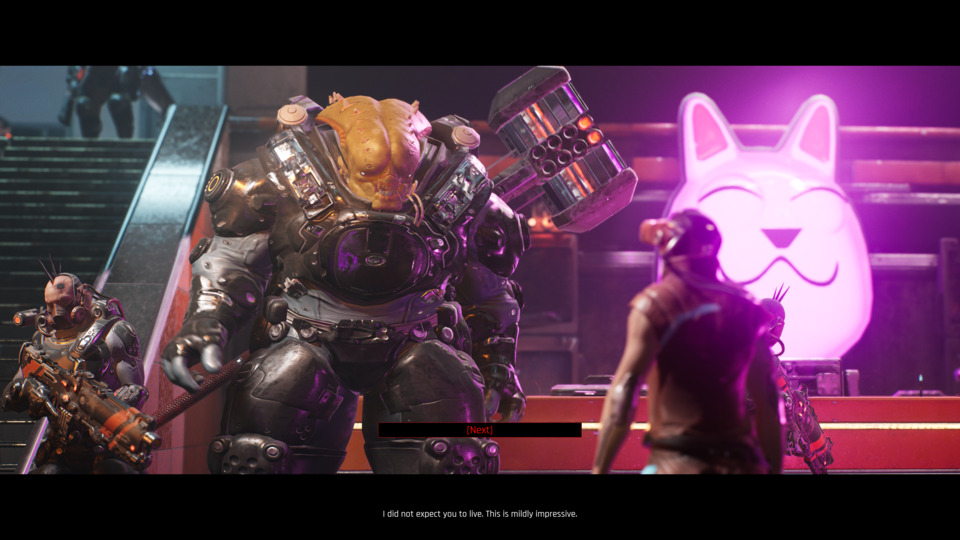The Ascent feels like a gorgeous update of an old 90s hard sci-fi isometric RPG, for better and sometimes for worse.
By bigsocrates 3 Comments
There’s a lot going on in The Ascent. It’s an isometric twin stick shooter action RPG that takes place on an arcology on a planet far from earth where corporations govern and most people are indentured servants who sell themselves into near slavery just to get to this grim metal city, presumably because wherever they came from was even worse. This is an intriguing premise, and the Ascent blends hard sci-fi with cyberpunk, introducing half a dozen alien races, cybernetic augmentations, interstellar commerce, and just about everything else you can think of into its world. Unfortunately this means that much of its storytelling must be devoted to worldbuilding and the plot often seems more interested in explaining the underlying social mechanics of the society than dealing with your nameless character in any meaningful way. Not only are you silent but if you pick a female character you’re still referred to as a man by the NPCs because they’re much more interested in talking about all the cool little details in the world they inhabit than actually dealing with the player or her actions. This world is intricate and complex, involving different levels of self-aware AI, corporate intrigue, an arcology divided by class, propaganda, and technology so advanced it often seems like magic. There’s a lot to absorb, including a lot of important details given in dense exposition dumps, but there’s also a codex you can refer to if you ever lose the plot.
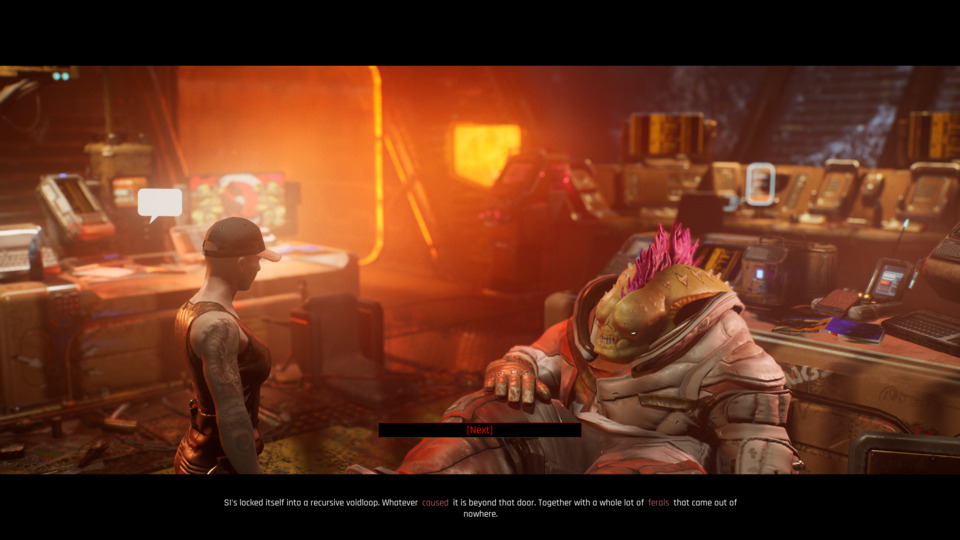
In addition to having an intricate and layered world backstory, the Ascent is also extremely visually busy. It’s a very pretty game, especially when the camera swings down from its isometric perspective to give you an idea of what it would have looked like with a behind the back camera like most RPGs have these days, and it would have been incredible. It still looks great from your bird’s eye perch, but it can be hard to see where the walkable paths are and especially to keep track of all the enemies when they swarm you by numbers that can get up to well over a dozen, sometimes including bad guys with active camo. Especially frustrating is the fact that enemies can shoot at you from off screen, meaning that your first warning that you’re approaching or being approached by a baddy is a volley of bullets right to your face, draining some of your precious health. But even when your foes are technically visible it can be tough to read which ones are behind cover or below your ‘plane’ or otherwise unhittable from where you. The Ascent has a weird system where you normally shoot from the hip and pressing the left trigger rather than increasing your accuracy causes you to raise your gun and shoot high, hitting humanoid enemies in the head but missing shorter enemies and also firing over cover. That’s right, The Ascent has a cover system, but rather than sticking to cover in…almost every game since 2006, it’s all manual. You crouch behind what looks like a waist high wall from the isometric perspective and you hold the left trigger to shoot over the cover. This is an awkward system, and I barely used it until some late game fights where it’s absolutely necessary when you’re playing solo, preferring engaging at range and using the dodge button to avoid incoming fire.
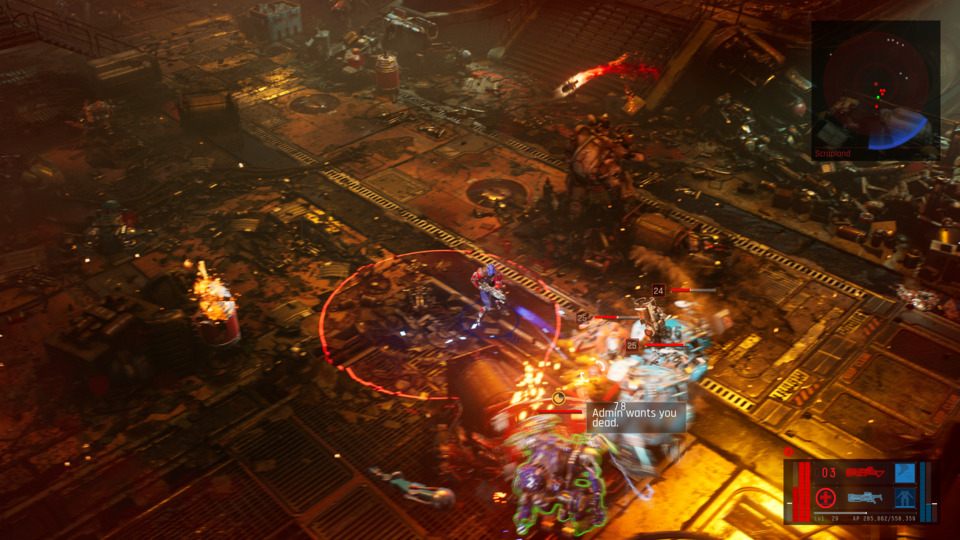
Your character has a number of ways of eliminating enemies to reduce that incoming fire. You can carry an unlimited number of guns but only equip two of them at once. You can also equip two “augments” and two mods. The augments are essentially cyberware magic attacks, ranging from the ability to fire off a short range but powerful burst attack to leaping into the air and landing with an AOE smash to summoning one or more friendly AI pets. The mods are gameplay modifiers that let you heal more from your augments or the powerups that enemies drop or that you can get from various vending machines or increase the recharge rate of your cyberware energy (essentially mana) or give you more money from pickups etc… Finally you have a cyberdeck, which you can upgrade and is used both to unlock things in the environment, such as doors or chests, and during combat to “hack” or counterhack enemies who try to hack you. You can pause and change your loadout at any time, but if you do it in the field you lose all your energy so you can’t easily hot swap augments during combat. Finally you have a tactical ability, which charges during combat or from other pickups, and this can range from a grenade to a healing item to a deployable auto turret.
In addition to equipment your character has skills that you can upgrade with skill points. You get 3 every time you level up and you can also find extras in the environment. These do things like increase your maximum health or energy, improve your aim or increase your critical hit percentage, or make your tactical ability charge faster. Naturally you can pay to have your skill point allocation reset at a vendor should you so desire. In theory this loadout system allows you to build your character however you like, but there’s a catch. You can find weapons or buy them from a vendor, but you upgrade them at a separate vendor via special items you find in the environment or as drops from “bounties” who are random elite enemies who spawn in place of normal enemies and drop an upgrade component and a bounty to sell to any bartender for cash. The weapon upgrade system is critical because all weapons start at a relatively low base damage and can be upgraded up to 10 times. In the mid and late game you’ll need to heavily upgrade your weapons to do any kind of damage, and even if you scour the environment the number of upgrade components is fairly limited. This means that in practice you are quite limited in the weapons you can actually use because you need to commit to at most a handful (and ideally just 2 or 3) to get them upgraded rather than trying out whatever you find. This is a bad system that severely restricts your adaptability and the variety of the game (since many weapons play radically different from one another but you won’t actually be able to switch often) and the ability to buy upgrade components or pre-upgraded weapons or just remove upgrades you’ve installed would make the game significantly more fun.
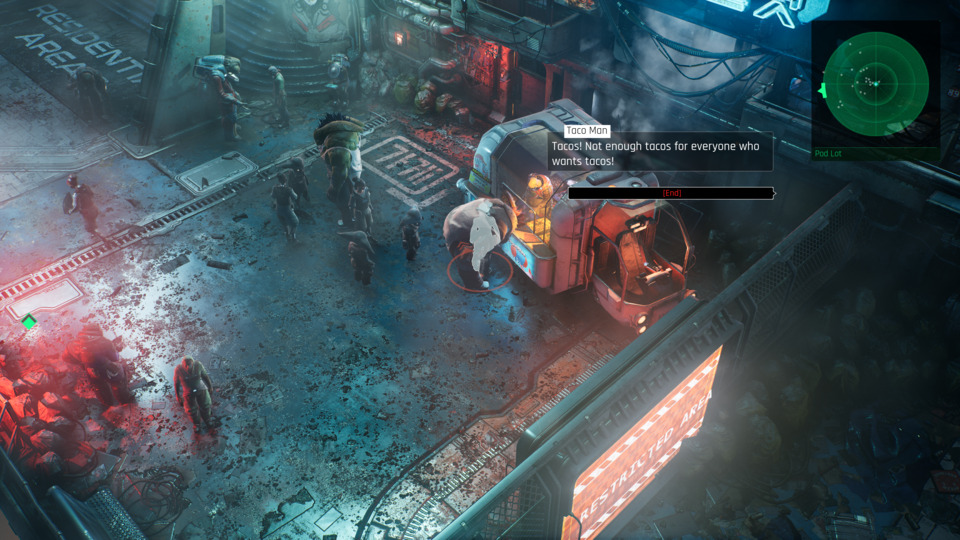
But that’s just one example of how the game adheres to an older model of game design. This is just a game with a ton of mechanics thrown in, the way that games back in the 90s did before these things got figured out. There are two fast travel systems, one via train stations you find in the environment and another via taxis that you can call at any time but that cost a substantial amount of money (at least until the late game when you’ll be swimming in ucreds.) The map is an absolute unreadable mess of black and red, especially in areas where you have multiple overlapping layers, and rather than showing you which fast travel point you’ve selected you just get a text list of locations and are left to figure out where fast travel will deposit you on your own. Navigation is an issue throughout the game. You do have a path ping that will give you an on screen line towards your next objective, but you can’t set waypoints yourself so if you are trying to get to a loot chest (which also populate on the map) you’re going to have to figure out your own path, and good luck with that in complex multi-leveled areas. Vendors and quest givers appear on your mini map but not your main map so you’ll also have issues navigating to them, and I often spent a few minutes just looking for an elevator or staircase to take me up or down to a different level so I could upgrade weapons or browse the latest cyberware. In addition to all that, there are actually 4 different maps because the arcology has different levels and you need to travel between them using individual elevators (i.e. there is no elevator that can take you to all levels so if you want to go up two levels you trek to an elevator, take it, and then trek to a separate elevator to finish your trip.) I realize this description has been exhausting, but the game itself is kind of exhausting and navigation was always a pain. This is especially true because outside of the “town” areas the game is absolutely swarming with respawnable enemies. This can make exploring dangerous at lower levels, but at higher levels it just makes traveling a pain as you are constantly swatting away these little flies that aren’t really much of a threat if you take them on but can still hurt you if you ignore them and don’t drop anything of value. Commuting in this game is a massive pain in the butt, especially since many missions have you traveling between layers, sometimes multiple times in one mission.
Speaking of missions, there are about a dozen main story missions which are all long and complex, and also a few dozen side missions that you can do for bonus credits or equipment and experience. Almost all the missions are simple “go here, kill this guy” affairs though a few are just courier jobs or have you completing some other objective like planting seeds or collecting water from a certain bath frequented by a specific species of aliens. Most of the dialog, which is fully voiced, is pretty good and the side missions are nice because they introduce you to new characters and even more lore about the world, and sometimes have decent rewards, but it’s all just more of the same. This is a game about combat and everything else is subsidiary to that. You can talk to characters and even ask some of them questions about specific topics but nothing that you say matters and you don’t get to make any substantial choices. Your character is a silent protagonist, though others do react to you like you said something even if you don’t really know what it was. Part of that may just be that the game is clearly intended for co-op, and dialog and complex mechanics are harder to do with a large number of characters, but it also evokes an old school kind of RPG.
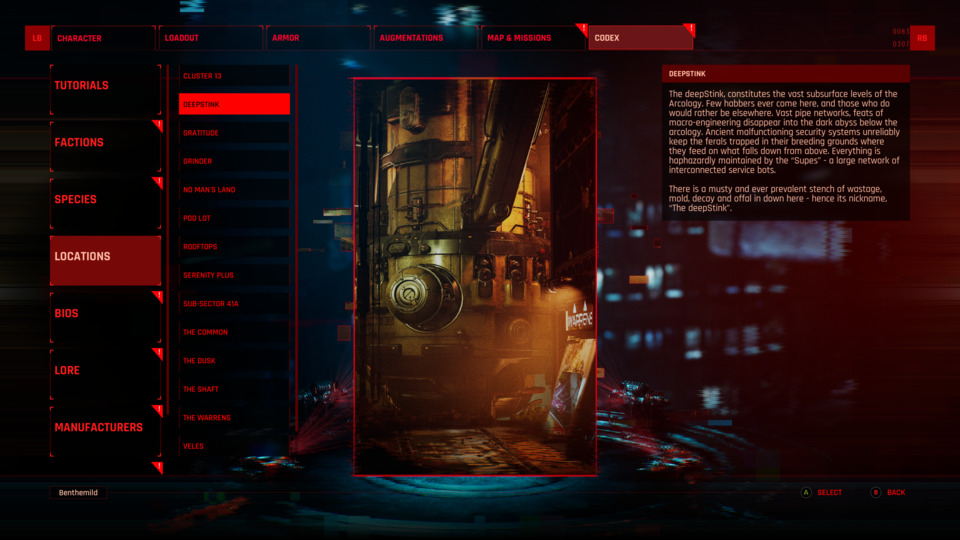
In a lot of ways this game feels like a spiritual successor to the original Fallout era of games from the 90s. It reminds me of a lot of RPGs from back there, packed with mechanics and systems that were all a little clunky and didn’t quite fit together but that sort of worked if you were willing to invest the time to figure them out and adapt to their quirks. It also reminds me a bit of games like Crusader: No Remorse due to the isometric perspective and stiff controls. On the one hand that means that The Ascent doesn’t play quite as smoothly as most modern games, but on the other hand I enjoyed how unapologetically it executed its vision. I especially appreciated the hard sci-fi narrative and complex world building. There’s so much to learn about the arcology and the society and the writing is the strongest part of the game, creating a remorselessly capitalistic society where people proudly proclaim that greed is the greatest virtue and screw each other over without compunction or apology. They even throw in some space racism, where one of your main contacts is openly condescending to you because you are a human, a species she sees as limited and mediocre. The lack of character focus makes the story itself not very interesting but at least the world is engaging. I should note that the game is also still buggy, even way after release. I had one crash to the console main menu, and several incidents where enemies failed to spawn and I had to quit and reload the game to continue a mission. I skipped a huge chunk of combat in the final mission because enemies didn’t spawn so I just walked until I reached an objective that failed to trigger and had to reload. At the time I wasn’t even sure this was a bug because there are other areas that intentionally don’t have many enemies. This shows how the game is a little bit of a mess both technically and by design, and how the two meld together into a game that feels rough around the edges in every way from UI to reliable scripting.
Despite the Ascent’s many flaws I found it engaging overall. Even if a lot of the pieces are clunky and much less refined than in most recent games at least it stands out in a lot of ways. The visual style is not ideal from a gameplay perspective but is gorgeous and eye catching while also evoking nostalgia in me for the 90s games that The Ascent seems to have been inspired by. I wanted to explore the world and learn more about it, and I enjoyed gibbing waves of punks with my rocket launcher, even if I was frustrated by how hard it was to pick enemies out of the crowd of neutrals that wanders around many combat zones (though they flee in terror as soon as the gibbing starts), and even more frustrated by enemies who would appear behind me off screen and announce themselves with a flurry of unavoidable gunfire. I like the fact that after you upgrade your cyberdeck you can hack vending machines to give you free health; it’s the kind of little detail that older games delighted in (you can also use the toilets and sink and there’s an achievement for washing your hands after flushing) and that many modern games ignore because it’s a little bit gamebreaking. Screw it, it’s fun! The cyberdeck in general is another example of how unapologetic this game is. You need it to get through locked doors meaning you have to upgrade it for some later missions. The game is modern enough that many of the upgrades are located along the critical path and it’s not hard to find enough extra ones if you really search, but if you miss them you’ll have to go back and scour the prior areas because they’re necessary. It is what it is and it doesn’t hold your hand. This is also a game where you find the best weapon in a chest in a very late area but if you want to actually use it you need to trudge back and upgrade it and then essentially start the mission over getting back to where you were. Oh well.
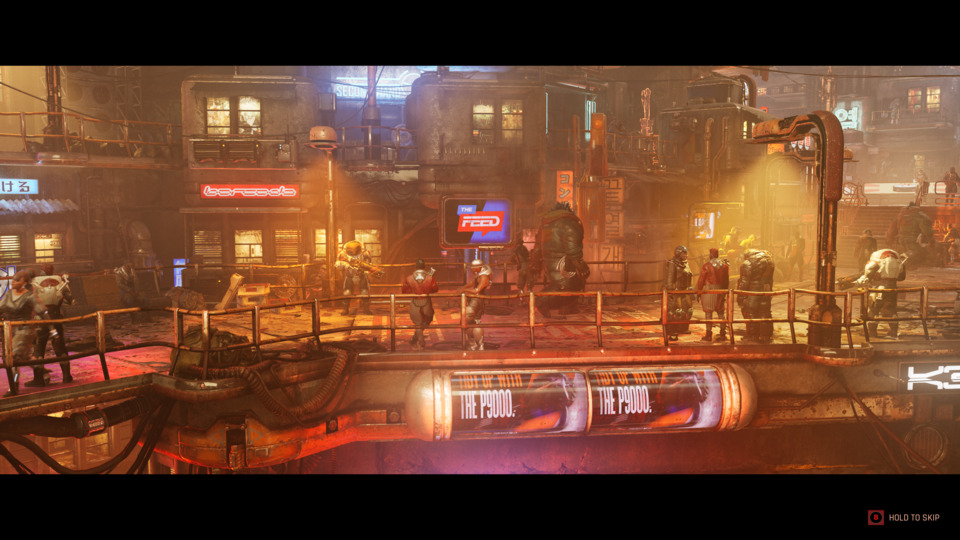
But that trudging is mostly worth it. Or at least was to me. The Ascent pulled me in and wouldn’t let me go until I finished it, despite a very badly designed final mission and final encounter and a lot of flaws along the way. It’s so different from most modern games and so committed to its throwback vision that I couldn’t help but like it as it delivered equal hits of good sci fi worldbuilding and old-school gaming nostalgia to me. I’m not sure how it would resonate with a young person who never played the games it drew on, but if you’re interested in some decent shooting and a really cool world I would recommend trying it out, especially free on Game Pass. You might not make it all the way to the top of the Arcology, where the corporate board that runs the thing resides, but even down in the Deepstink sewer level there are interesting things to see.
